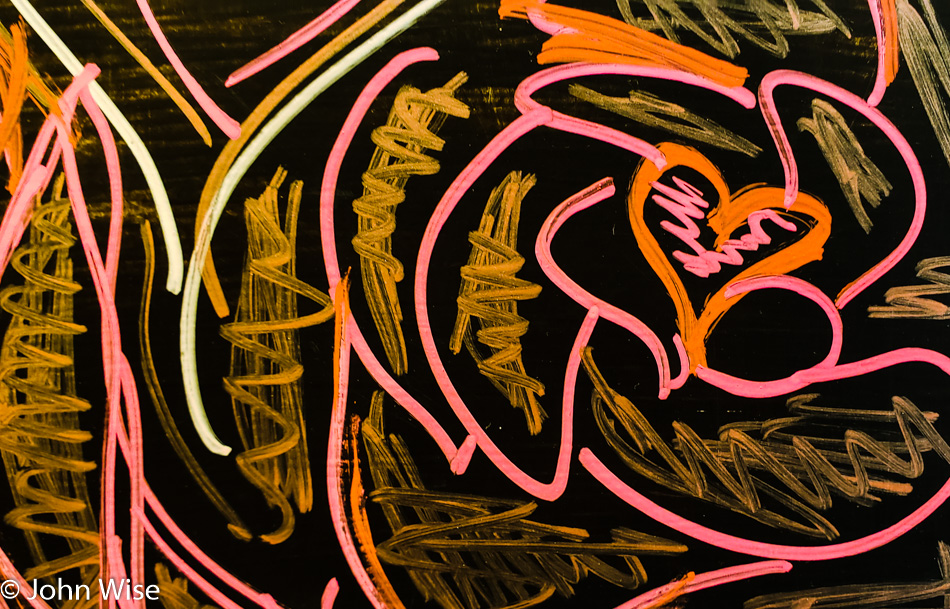
The role of the artist is not the same as that of the creator or inventor. The artist is allowed to create ambiguity that forces the viewer or listener to interpret through their own filter what meaning they might want to bring to experiencing a work. On the other hand, the creator or inventor must provide a means of finding the utility and function of the object or service so the end-user can best understand its value and what they must invest in to justify their expenditure of time.
Art, whether visual or audible, is like food in that it can nourish you, and it is up to the individual to savor it, decide to forego it, or figure out if it’s a regular part of their diet. You may have to learn the rules of operating a vehicle or utilizing public transportation to move across the earth’s surface in order to reach a destination in a specific time requirement. Art is a luxury that can take you places without the means of motion, rules, or the need to perform something within its context for survival, while transportation is a modern-day necessity.
Art has a personal interpretation that goes far beyond groupthink. When we attempt to force meaning out of art on others we are ignoring the ambiguity that varies between individuals. So, we fail to make sense of an aesthetic that will be experienced by the viewer and not the crowd. When the Beatles sang about love, the majority believed that the music and lyrical content were written from their personal experience and that interpretation did not conflict with the audience, yet when we look to a sub-genre of music out of an alternative culture whose lyrical expression conflicts with the dominant group, self-appointed representatives of interpretation form a kind of “authoritarian” regime and insist that they understand the true intent of this art and that others should heed their warning.
The same has been done with all visual and audible arts across a time when the contemporary audience wasn’t ready for the intellectual need to buttress their cultural walls against the attack. The fact is that the cat is out of the bag, and the extent artists have gone to reflect who we are has crossed the threshold of all semblance of good and bad taste.
So here we are in a time of widespread ability to distribute art, and the struggle to attract an audience is now harder than ever. Not too long ago, we had many a gatekeeper who were the arbiters of what would enter into the commercial space and who would be deemed worthy enough to earn a living from their craft. While there is no shortage of arenas to post, plaster, bombard, host, and otherwise give a platform to our art, the audience has global access to the works of millions of artists. This does not diminish the need of those who are investing their imagination and often their indignation into a track, canvas, poem, book, video, or public display to keep up the struggle of being seen and heard.
We are constantly flirting with leaders who fly with oppressive ideologies and are spreading fright using an uncertain future in which we are threatened with constant war, economic insecurity, terrorism, disease, migrants, and hostile religions. The imperative for humanity to turn to the arts to soothe our blistered senses is paramount. Only the artist can force us to confront our greater stupidities and lay them out bare to see ourselves for who we are and who we are yet to become.